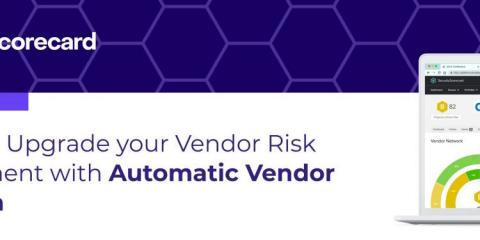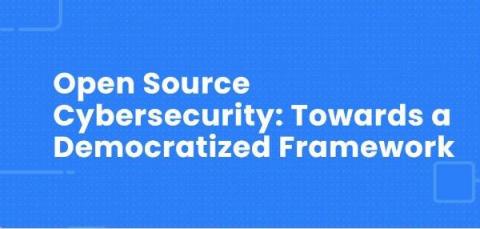You Don't Have to Fall for the "Tinder Swindler" to Get Cheated this Valentine's Day
The “Tinder Swindler” is an extreme example of how online scammers can mask their identity, charm their victims and bilk them of millions of dollars, but the point is made. Whether you’re looking for love this Valentine’s Day or wanting to show your loved ones how much you appreciate them, beware of online scams. Some of the latest involve gift cards, where scammers who have honed their craft and done their homework about you, ask for payment in the form of gift cards.











